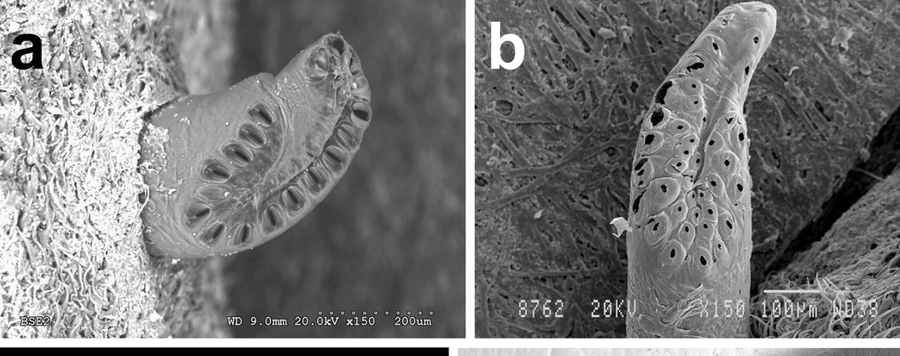
Myiases caused by flower flies
Rat-tailed larvae of the syrphid species Palpada scutellaris (Fabricius, 1805) are documented causing an enteric human myiasis in Costa Rica. This is the first time that the genus Palpada is recorded as a human myiasis agent.We report a 68-year-old woman with intestinal pain and bloody diarrhea with several live Palpada larvae present in the stool. Using molecular techniques (DNA barcodes) and both electronic and optical microscopy to study the external morphology, the preimaginal stages of the fly were unambiguously identified. An identification key to all syrphid genera actually known as agents of human and animal myiases is provided for larvae, puparia, and adults. Moreover, a critical world review of more than 100 references of Syrphidae as myiasis agents is also given, with emphasis on the species with rat-tailed larvae.






